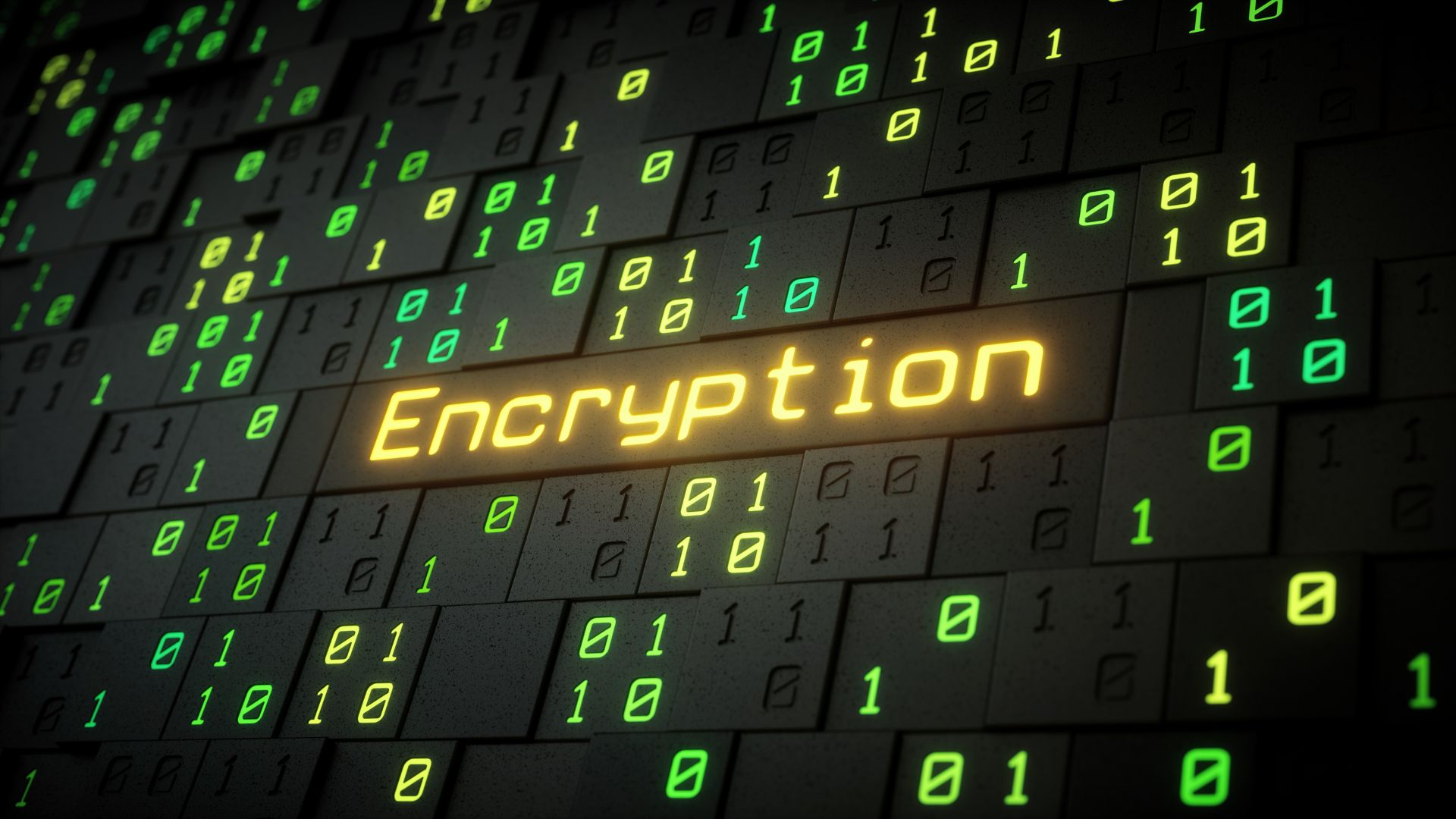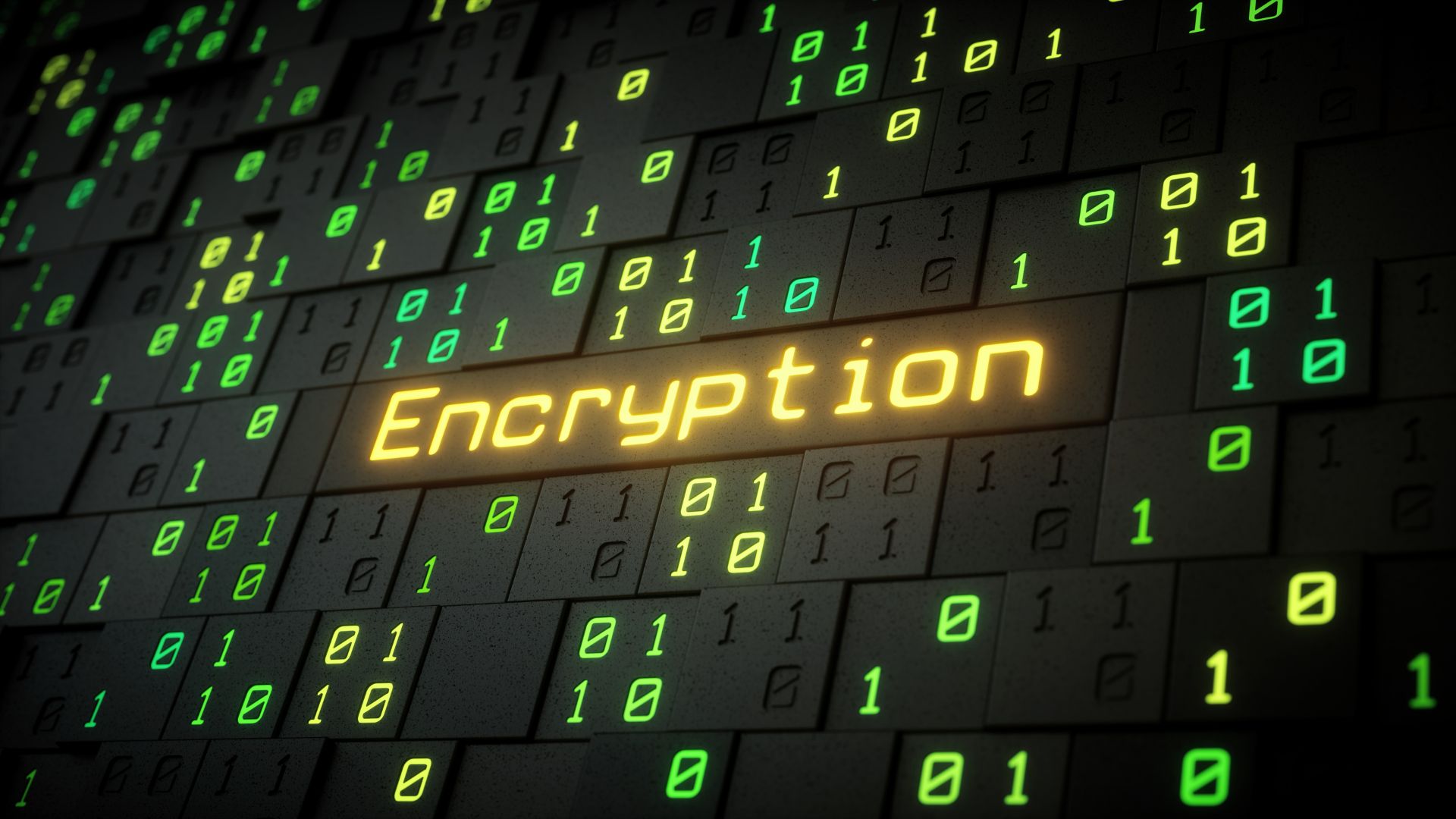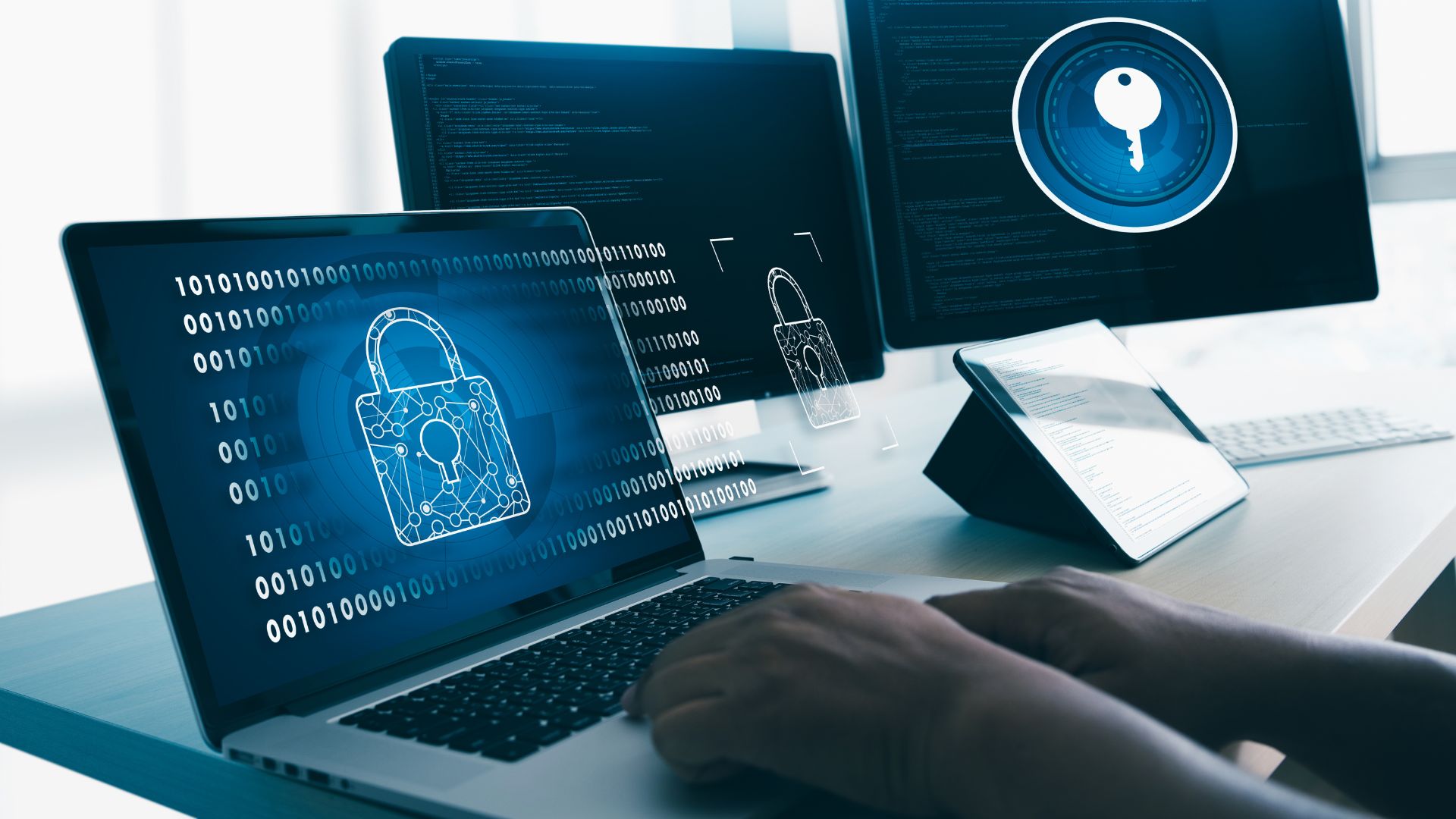Exploring the Role of Encryption in Safeguarding Data

Encryption is one of the most reliable methods for protecting sensitive information from unauthorized access. By converting data into an unreadable format, encryption ensures that only authorized users with the correct decryption key can access the original information. This layer of security is especially critical for data transmitted over networks, such as online transactions and email communications. For organizations handling sensitive data, encryption helps mitigate the risk of data breaches and unauthorized access.

There are two primary types of encryption: symmetric and asymmetric. Symmetric encryption uses the same key for both encryption and decryption, making it efficient but requiring secure key distribution. Asymmetric encryption, on the other hand, involves two keys—a public key for encryption and a private key for decryption. While slightly more complex, asymmetric encryption is commonly used for secure communications, such as in SSL/TLS protocols that secure websites and emails. Understanding these types allows organizations to choose the encryption method that best fits their security needs.

Beyond protecting transmitted data, encryption is also essential for securing stored data, whether on physical devices or in the cloud. Encrypting files on a device ensures that even if the device is lost or stolen, the data remains protected. For cloud storage, encryption prevents unauthorized parties, including cloud service providers, from accessing sensitive information. Many companies now offer end-to-end encryption, guaranteeing that data remains encrypted throughout its journey, from the sender to the receiver.

Encryption is not a stand-alone solution but an integral part of a comprehensive data security strategy. Combined with other security measures, such as access controls and multi-factor authentication, encryption can effectively safeguard data in a range of environments. As cyber threats continue to evolve, organizations must remain committed to implementing and regularly updating their encryption practices. By prioritizing encryption, individuals and organizations can better protect their data and maintain trust in their security practices.




